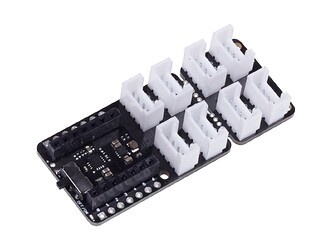Hi there,
and welcome here…
check as @djairjr states the expansion bases. like this one two.
Check the threads for the Xiao expansion board like this one ![]()
Power control, look at @msfujino expertise in this area his threads on it and code examples are well documented and deliver in spades on this topic.
Sensor selection will effect greatly the first two, choose wisely, and IMO controlling the power lead of the sensor can enhance the overall power consumption.
Comms for IOT, this is the area that can make or break the power usage and performance of you project imo, I’m biased and like the Nrf52 XIAO and don’t look to use the WIFI esp chips there power for that is a big drain. The BLE is often the best choice to meet all sides of the equation. albeit a little steeper learning curve for some. (you get a two-fer) IMO with the Xiao Nrf52840 Sense with it’s on board IMU, Motion, Drop detection is built in if coded for it. See the Demo’s and examples a plenty on here.
If you don’t need wifi it’s the lowest power using MCU of all of them.
The search icon up top is your FRIEND… ![]()
![]() many good examples and even some drag and drop files to test with are available.
many good examples and even some drag and drop files to test with are available.
3D printed cases are the best way to go, a few are available and pretty much wide open to your imagination.
Biggest TIP would be READ until they bleed. and ask lots of questions.
HTH
Enjoy the Journey…![]()
GL ![]() PJ
PJ
